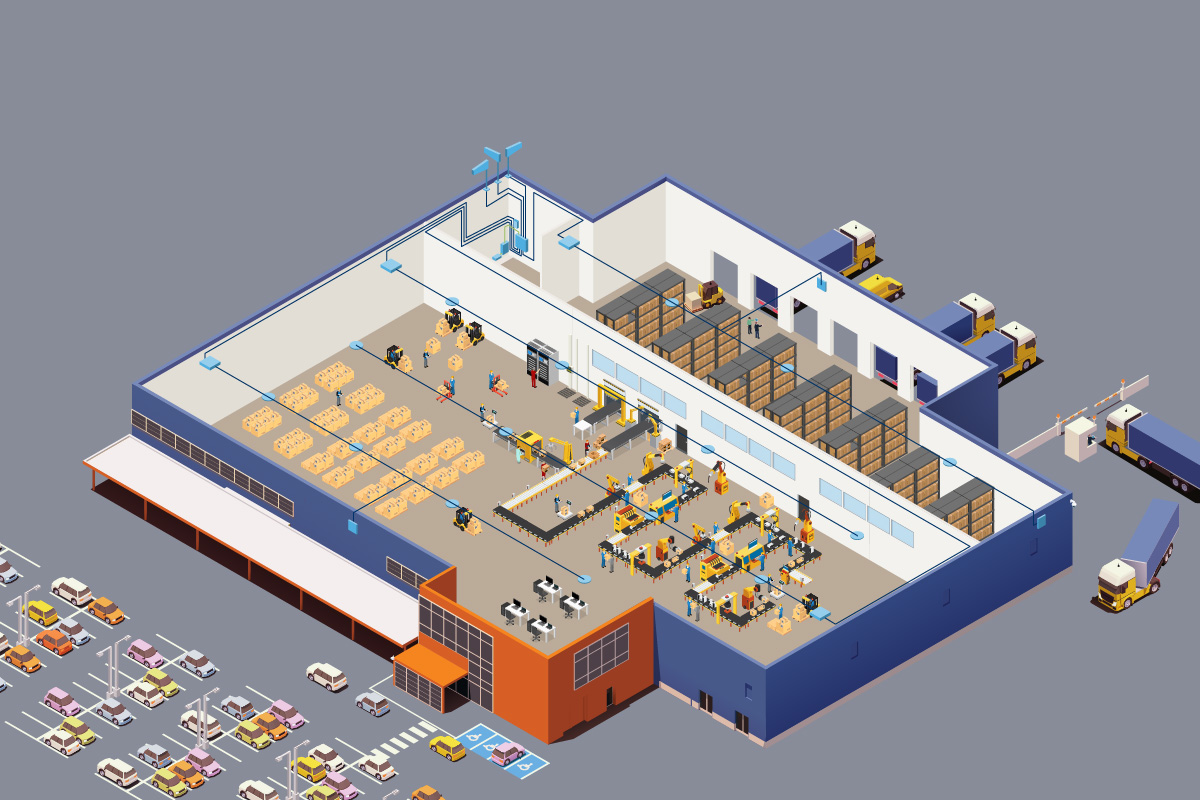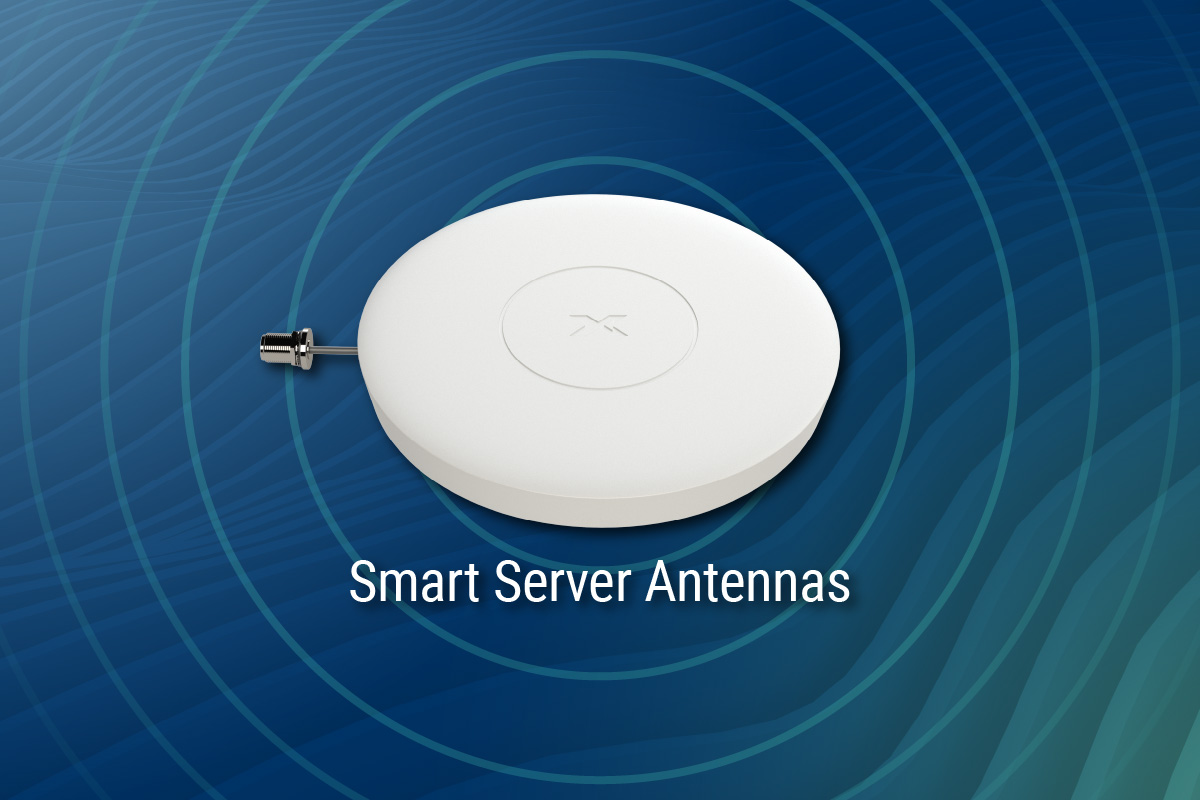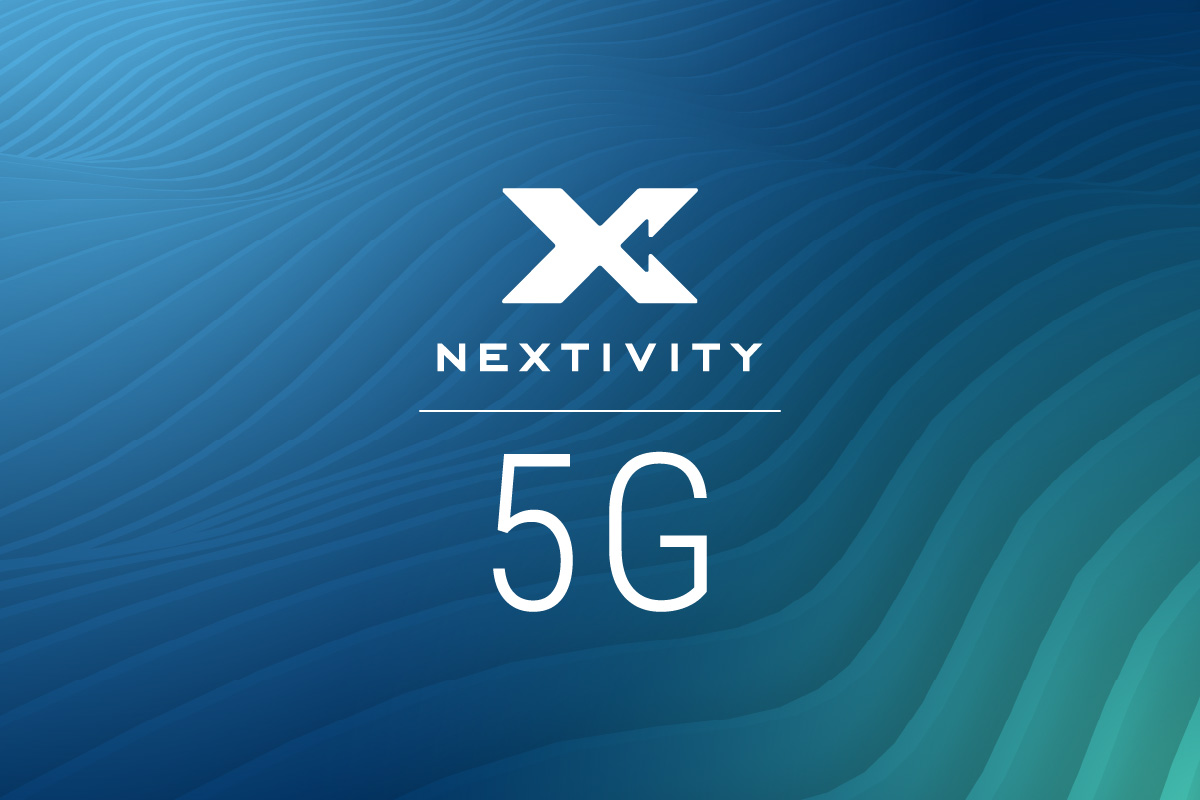What is Active DAS Hybrid?
Active DAS Hybrid is a unique distributed antenna system (DAS) category that provides outstanding network coverage using active signal amplification components at an affordable cost. The lower cost is achieved by using a blend of category cabling and fiber to distribute off-air signals that do not require the same level of carrier support as legacy DAS systems. Cost savings are realized across the board – in hardware, cabling, install time, labor, and set-up / commissioning.
Active DAS Hybrid can be installed using Power over Ethernet (PoE) – a low cost and easy to deploy technology. Active components in Active DAS Hybrid include network units that collect the signals off-air, clean them up, digitize them, and send the signals to the coverage unit. The coverage unit then converts back to RF and distributes the noise and echo-free signals. Active or passive antennas may be incorporated, as well as IoT sensors and other Industry 4.0 devices.
Active DAS Hybrid systems, such as those designed and produced by Nextivity, have been approved for use by more than 200 operators in more than 100 countries and are unconditionally network safe. These systems are one of the most cost-effective ways to bring the power of the macro-network inside a building.
Components in Active DAS need power to operate and active systems typically use fiber optic cable to connect with remote sources. Passive DAS don’t use fiber, most components don’t need power, and are often comprised of simple Bi-Directional Amplifiers (BDAs).
Active DAS Hybrid vs. Legacy DAS
A legacy DAS or legacy Active DAS system can take months and sometimes more than a year to get up and running. This is due to the cumbersome carrier approval process and the complexity of installation and commissioning. While there are times when legacy DAS are needed – like for airports, stadiums, and other large gathering spots where capacity is an issue – about 80% of the time, cellular issues are related to coverage. The signal simply isn’t reaching the device.
An Active DAS Hybrid takes care of a coverage issue quickly and affordably – pulling the signal in off-air and using active components to deliver strong, reliable connectivity throughout any indoor space.
Active and Passive DAS Explained
Active DAS (Legacy DAS)
A legacy DAS is a network of antennas positioned to distribute signals across a large area. They can be deployed indoors our outdoors and are traditionally used to deliver extra cellular capacity and coverage to a high-traffic area such as a stadium, airport, or other venues with high concentrations of wireless device users.
Active DAS systems are expensive to deploy and require routine maintenance to operate effectively. Other characteristics of Active DAS include:
- Maximum coverage and capacity
- RF Engineering expertise required to design and install systems
- Carrier agreements required – can take time, especially if multiple signals are needed (neutral host)
- Require fiber backhaul and a at times a base station, adding to the cost
Passive DAS
Passive DAS use BDAs to rebroadcast signals, putting them in a different category of signal amplifier than Legacy DAS or Active DAS Hybrid. These “dumb repeaters” use passive components throughout, resulting in noticeable signal loss / degradation. The noisy signals they produce force the operators and regulators to place lower limits on their uplink power to avoid damage to the macro network. The advantage of a Passive DAS is cost – these systems are relatively inexpensive when compared to Active DAS Hybrid. When installed correctly to remediate a specific issue in a small space, a dumb repeater may do the trick. But for reliable commercial use – especially where there are applications around payment systems, important data transfer, or customer satisfaction, a more robust solution will likely pay off in the long run.




